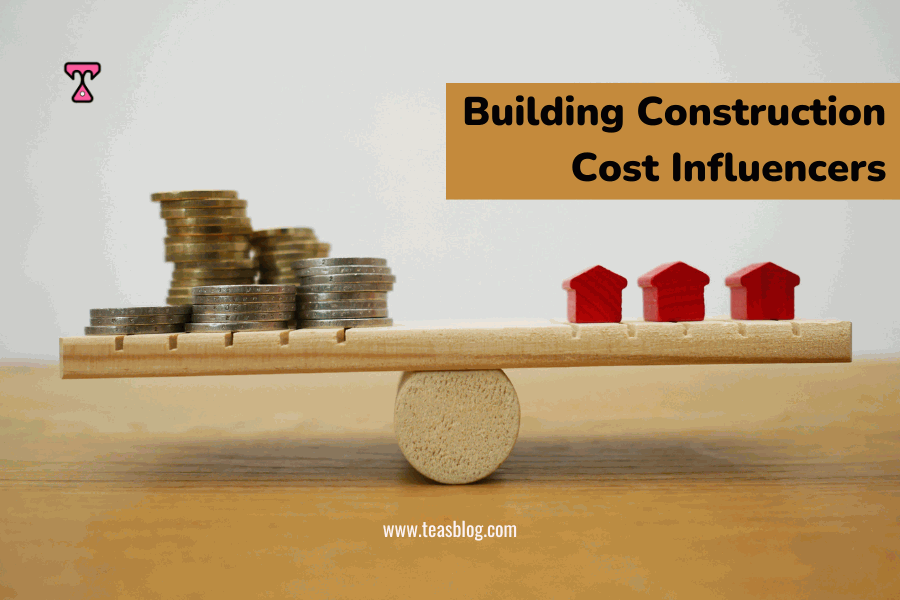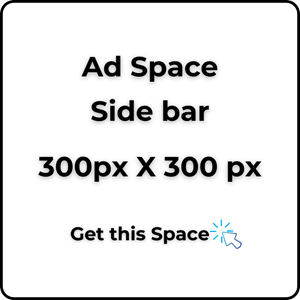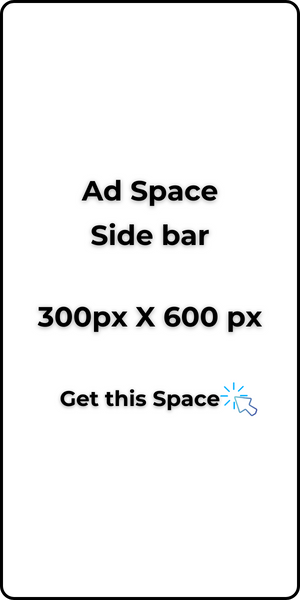Wondering what could impact the cost of constructing your building project and what choices you can make to reduce it? Here are some factors that affect building construction costs.
1. The Design
This includes the type of building (be it residential, commercial, industrial, institutional, or recreational), the number of spaces required (open spaces required less block walling compared to buildings that require lots of space division), the total floor area, the shape of the design (square, rectangular, circular, trapezoid, parabolic, amoeba or biomimicry), or the nature of structure (designs with simple structural grids).
You can reduce the size of your building plan by reducing the spaces you can do without and using simpler forms for ease of setting out during construction.
2. Changes in Design or Floor Plan
When construction is on the way and you suddenly desire an extra room, a building extension or an extra floor to be added to the construction, the cost of your project will rise simultaneously. This also increases the expected project delivery date.
The need and desire for a change in your design can only be controlled by you and the extent it can impact the structure and stability of your building. If it was a bungalow and you desire an extra floor and foundation works are already completed and done for a bungalow, the contractor will have to revert to the structural drawings.
If your existing foundation cannot carry it, you may have to forfeit that desire. Any method utilized to improve the foundation works to carry a new floor above will increase your building construction cost drastically.
Also Read: Architecture Design Fees: How It’s Calculated.
3. Building Site Conditions
The site conditions for a building affect your project cost. A site can be sloppy, prone to gully erosion, or have loose sand while another site is just relatively flat with good soil, and vegetation.
If you have a site prone to flooding, the foundation works for your building will cost more than another person’s site with more stable soil, even if you have the same building design.
4. Building Location
A building design located in some parts of Eastern Nigeria will cost lesser to construct compared to some high-brow areas in Lagos or Abuja. If your building plot is within these expensive cities, it might be difficult to find any way to reduce some costs in your building construction.
You will also have to deal with local authorities and local boys and their financial demands vary from location to location.
5. Building Material
Material selection for your proposed building project can be a herculean task. The use of lots of concrete, glass, steel, aluminum, marble, stones, and granite cannot be compared to the use of mud, clay, or timber.
These are locally sourced and affordable, while the others have to be transported from where they are manufactured to your building site, thereby, increasing costs for you.
For tropical climates and due to the epileptic nature of the power supply, opt for the use of available local building materials. You may not use these materials throughout your building but it will drastically reduce your costs for the areas you choose to use them in. A concrete foundation with concrete columns and clay blocks for walling.
Read also Understanding the Gravity of design thinking and design process.
6. Cost of Labour
The type of work to be done and the level of skill required affects your building costs. This differs from one location to another. Your building site location will influence your budget on payments for labour, whether by daily pay, weekly pay, or lump sum.
Alternatively, you can source cheap labour from countries regarded as lower-wage countries to reduce your overall building cost. This option is not always available and advisable.
7. Cost of Specialized Labour
If you have some specialized installation in your designs, and these labourers are not found in your locality, the cost of bringing these specialized labour from their country to yours will increase.
For instance, there are some special floor and wall tiles (like Lebanese stones) that require special care. People are known to have brought in Togolese to help with the installation of these special tiles.
Can you cut down the cost of requiring specialized labour? Only if you opt for a different material that local labourers can handle for you efficiently.
8. Method of Construction
The traditional method of construction requires more materials, labour, and time and will often lead to the wastage of building materials. The longer the time spent during construction, the more money is required. Whereas modular construction is the use of pre-cast building parts and assembling them on-site.
A much faster approach to construction methods is the use of 3D-printed buildings. Although its use is still limited to residential building constructions of not more than Ground + 1 floor; buildings are constructed in a matter of weeks with less labour and no wastage of building materials.
9. Any Site delays (or force majeure)
For every project, there is a speculated time of completion. Time is money and any delay in time will cause an increase in money spent. These delays could be from inadequate funding, unforeseen conditions, bad weather, lateness in building material supply or building material shortage, or problems with labourers.
If you hire some mechanized labour, the longer their tools and equipment stay on your building site for any reason beyond what it was scheduled for the more money you pay for the delays.
As a Client, you really do not have much control over delays except for funding. All other delays are factored into your project budget as miscellaneous expenses.








